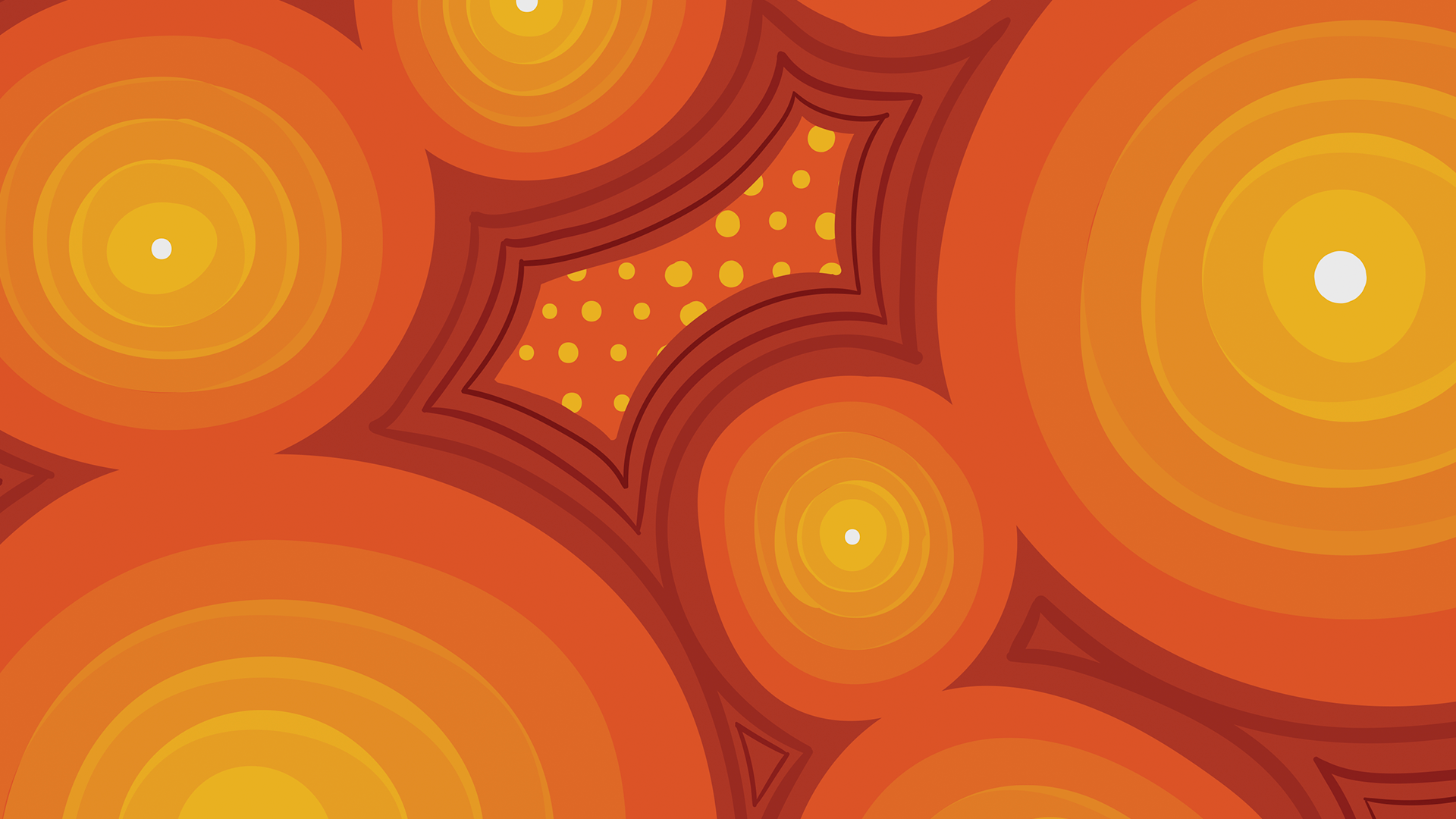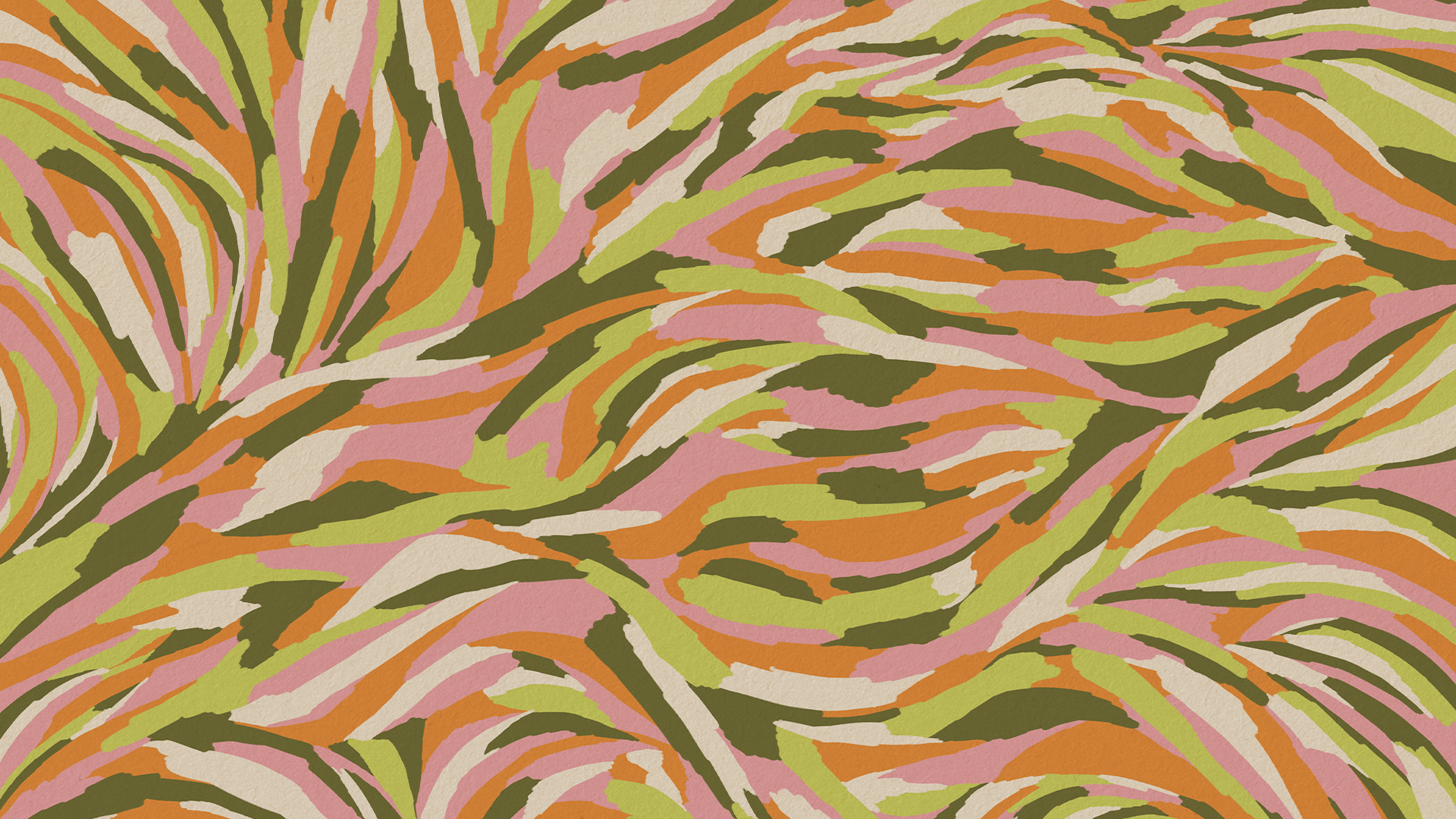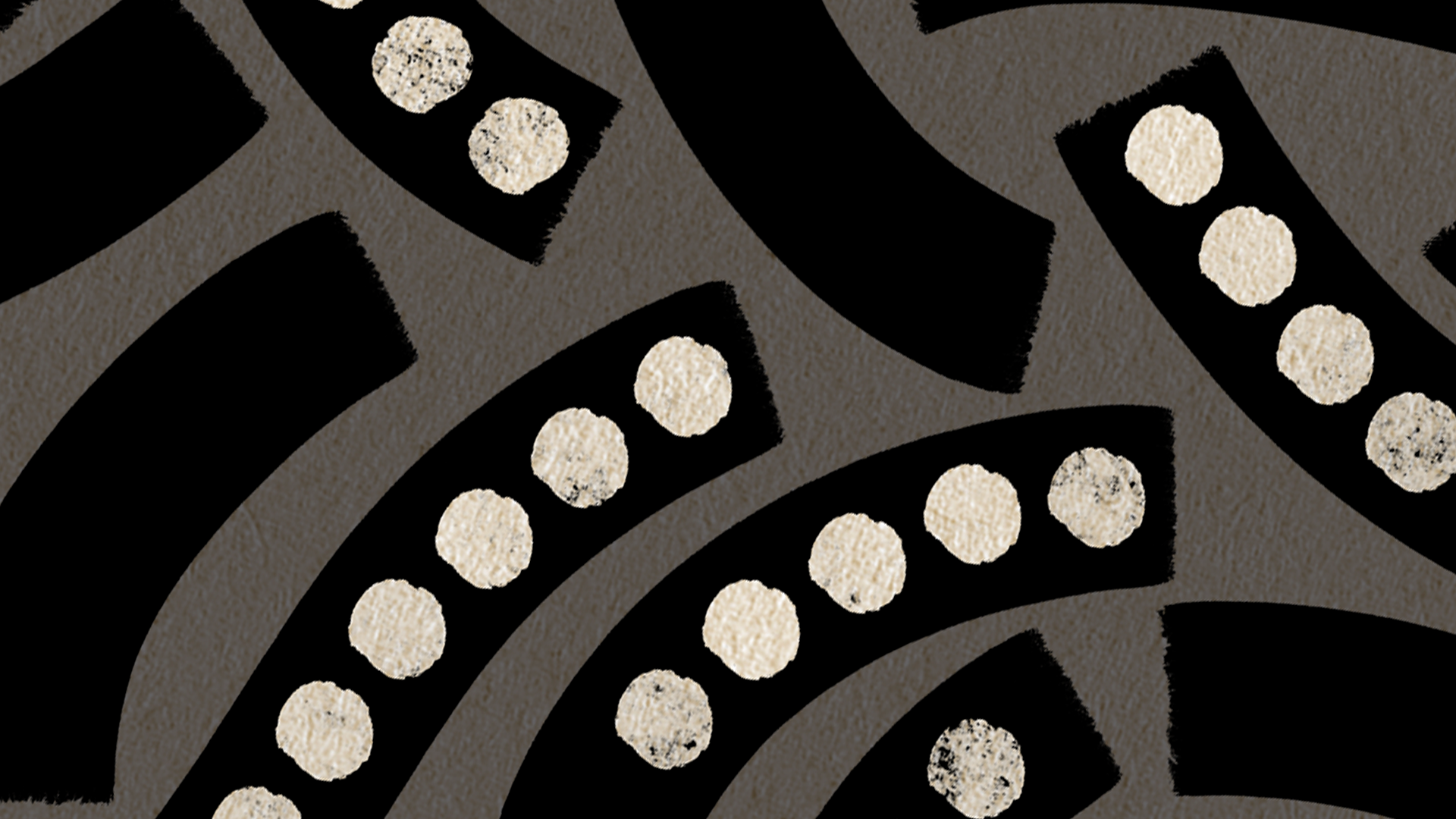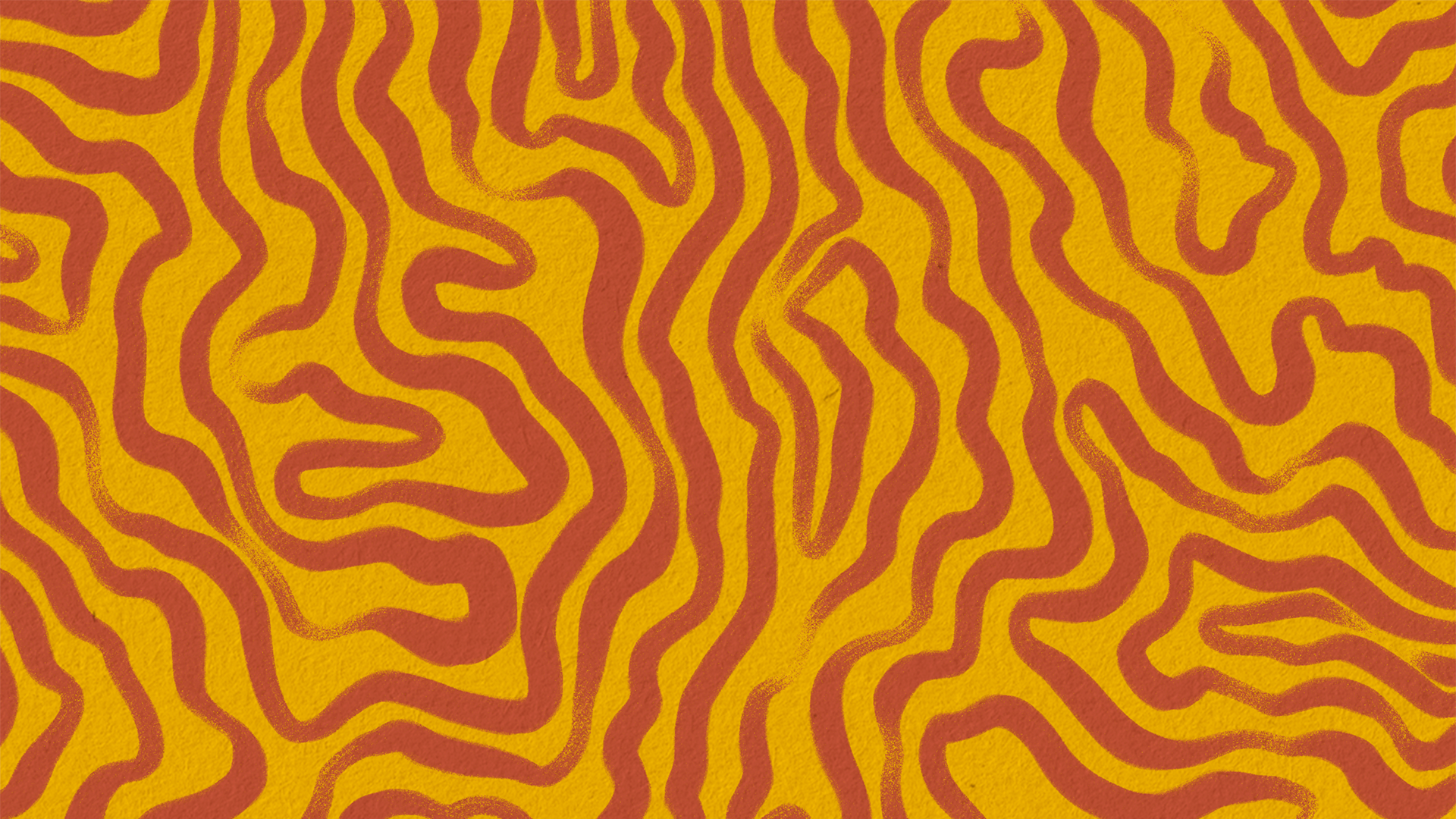Breadcrumb
First Nations relations is about building strong, respectful, and culturally safe relationships between organisations and First Nations peoples, communities and organisations. It’s about working together in ways that:
- respect Indigenous Cultural and Intellectual Property (ICIP)
- uphold cultural protocols, and
- support self-determination.
Good First Nations relations means:
- working collaboratively
- recognising First Nations knowledge and leadership, and
- ensuring benefits flow back to communities.
First Nations artistic and cultural expression is deeply rooted in thousands of years of heritage and continuing practice. First Nations artists and creatives shape the creative industry, both in Australia and globally, through their cultural and economic contributions.
First Nations people in the arts
For First Nations peoples, art is much more than a form of creative expression – it is Culture, identity, and a means of connecting to Country and community.
It has been practiced, nurtured, and passed down for millennia, holding deep social, spiritual and political significance for First Nations peoples.
First Nations peoples may use art as a way of:
- storytelling
- truth-telling and healing
- connecting to Country
- connecting to identity – both personal and collective
- practising and continuing culture
- creating economic and social opportunities
- advocating for rights, reclaiming culture and asserting self-determination, and
- fulfilling cultural responsibilities.
Understanding the continuing cultural and historical significance of art to First Nations peoples can help guide individuals and organisations to meaningfully collaborate and work with First Nations artists and creatives.
Working with First Nations artists, creatives and peoples
When working with First Nations artists and creatives, it is important to be aware that:
- First Nations people have rights to their cultural heritage, also referred to as, Indigenous Cultural and Intellectual Property or ICIP – including to maintain, control, protect and develop their ICIP
- First Nations people have rights to their data, commonly referred to as Indigenous Data
- Contracts with First Nations collaborators, should consider ICIP and Indigenous Data rights
- There are ways to make a space more culturally safe for First Nations people, so that First Nations people feel comfortable to share their work
- Conducting a Welcome to Country or Acknowledgement of Country is a way of showing respect
- There are culturally informed dispute resolution options if conflicts arise
- There are ways to respectfully and ethically engage and collaborate with First Nations artists and creatives, and connect with First Nations communities
- There are cultural events and ceremonies that First Nations people observe.
Important terms and concepts
Creative Workplaces recognises that language evolves and is sometimes contested. We acknowledge and respect these differences, and will continue to evolve our terminology over time with the needs of our users in mind.
Aboriginal and/or Torres Strait Islander or Indigenous or First Nations
Aboriginal and/or Torres Strait Islander or Indigenous or First Nations refers to the Indigenous peoples of Australia.
An Aboriginal person is descendant of the First Nations peoples of mainland Australia, while a Torres Strait Islander is descendant of the First Nations peoples of the Torres Strait Islands.
The Creative Workplaces webpages use the terms ‘First Nations’ and ‘Indigenous’ to collectively refer to Aboriginal and Torres Strait Islander peoples.
Creative Workplaces acknowledges the rich diversity of First Nations communities, clans and language groups.
Cultural competency
Cultural competency is about individual actions and behaviours. Being culturally competent means having the skills and knowledge to respectfully understand, engage and respond in a way that supports and values First Nations peoples, skills and perspectives.
Gollan, S and K Stacey, Australian Evaluation Society First Nations Cultural Safety Framework (2021) 5; Eckermann A, Dowd T, Martin M, et al. Binang Goonj: Bridging culttures in Aboriginal health. Armidale (NSW): University of New England, 1004.
Learn more about Cultural safety and cultural competency.
Cultural load
Cultural load refers to the often unacknowledged additional workload carried by First Nations peoples in the workplace, particularly when they are the only First Nations person or one of a small number.
Cultural load includes:
- extra demands related to First Nations issues that non-First Nations colleagues do not face
- expectations to educate non-First Nations colleagues about First Nations cultures and racism, and
- the pressure to speak on behalf of all First Nations peoples.
(See: Diversity Council of Australia and Australian Public Service Commission).
These challenges are also recognised for culturally and linguistically diverse peoples.
On this website — We use the phrase ‘cultural load’ to align with the language used across workplace practice and in awards and agreements. However, we acknowledge that many First Nations people prefer the phrase ‘colonial load’ to avoid implying that it is culture that creates the burden. Culture and cultural knowledge is a strength.
Cultural safety
Cultural safety is a first-hand experience for First Nations peoples. It is not something a non-First Nations person or organisation can determine—it is shaped by the experiences of First Nations peoples in each space and interaction.
Creating cultural safety means listening, learning, and being guided by their perspectives. It is about understanding that cultural safety grows from trust, respect and accountability, and it requires reflection, openness and action.
“A culturally safe environment [is]… where First Nations staff, peers, artists, arts organisations and communities feel their protocols, beliefs, knowledges, histories, practices and expressions are understood and valued.”
Inside Policy, More than Competence: Perceptions & experiences of cultural safety in the peer assessment process (Research report, Australia Council for the Arts, 2018) 10.
Learn more about Cultural safety and cultural competency.
Cultural heritage
Cultural heritage comprises all objects, sites and knowledge – the nature or use of which has been transmitted or continues to be transmitted from generation to generation. It is a living heritage, which may be tangible or intangible, created now or in the future.
Cultural heritage is sometimes interchangeably referred to as Indigenous Cultural and Intellectual Property, Traditional Knowledge and Traditional Cultural Expression.
Culture
Culture refers to the Australian Aboriginal and Torres Strait Islander peoples’ holistic ways of living practiced and refined by people and communicated from generation to generation.
Terri Janke, Michael Frankel and Company, Our Culture: Our Future - Report on Australian Indigenous Cultural and Intellectual Property Rights, Report prepared for Aboriginal and Torres Strait Islander Commission and the Australian Institute of Aboriginal and Torres Strait Islander Studies, Michael Frankel and Company, 1998.
Country
Country refers to the lands, waterways, and seas to which Aboriginal peoples are connected, and describes Aboriginal people’s ideas and understanding of law, spirituality, cultural practices, place, customs, family and identity (Credit: AIATSIS).
Discrimination
Discrimination happens when a person is treated unfairly, or less favourably, because of their age, race, disability, religion, sex, sexual orientation, political belief, or another attribute that is protected under the law. It can be direct or indirect.
Learn more about Discrimination.
Elder(s)
Elder(s) in First Nations communities, an Elder may be someone who is recognised by their community as having attained a high degree of understanding of cultural knowledge and history, spirituality, traditional language, cultural teachings, ceremonies, or healing practices. An Elder has the authority to share and pass on knowledge or give advice on cultural or community issues.
Elders are highly respected role models and mentors and are an essential and active part of knowledge transfer and leadership.
Free, Prior and Informed Consent or FPIC
Free, Prior and Informed Consent or FPIC is the internationally recognised standard of consent when seeking consent from First Nations people and communities the world over. This standard of consent is reflected in the UN Declaration and the Convention on Biological Diversity, 1992. Further clarity on what constitutes FPIC can be found in the Food and Agricultural Organization of the United Nations Manual.
Food and Agricultural Organization of the United Nations, Free Prior and Informed Consent Manual (2016)
It means that consent must be given freely, without coercion or pressure; consent must be sought with sufficient advanced notice for reasonable consideration; and consent must be based on an informed position.
Indigenous Cultural and Intellectual Property or ICIP
Indigenous Cultural and Intellectual Property or ICIP refers to all aspects of First Nations peoples’ cultural heritage, including the tangible and intangible.
Learn more about Indigenous Cultural and Intellectual Property.
Indigenous Data
Indigenous Data refers to any information or data about First Nations peoples, from First Nations peoples, or about cultures or Country. This includes facts, statistics, research, stories, knowledge, and records.
Learn more about Indigenous Data.
Indigenous Data Sovereignty or IDSov
Indigenous Data Sovereignty or IDSov refers to the right of Indigenous peoples to own and control data collected about them, their culture or their Country.
First Nations artists and creatives are likely to share something of themselves into their work – their lives, experiences and perspectives. This may include ICIP, and it may include personal and cultural information that is not communally owned ICIP but is nevertheless, their Indigenous Data.
Racial discrimination
Racial discrimination when a person is treated less favourably, or not given the same opportunities, as others in a similar situation, because of their race, the country where they were born, their ethnic origin or their skin colour.
Racial Discrimination Act 1975 (Cth)
Australian Human Rights Commission, “Quick guide to discrimination law”
Racism
Racism can take many forms, such as jokes or comments that cause offence or hurt, name-calling or verbal abuse, harassment or intimidation, or commentary in the media or online that inflames hostility towards certain racial groups. Racism can also take the form of unfair treatment of people because of their race. Racism that is racial hatred can also be against the law. Racial hatred is doing or saying something in public, including in the workplace, based on the race, colour, national or ethnic origin of a person or group of people, which is likely to offend, insult, humiliate or intimidate.
Australian Human Rights Commission, “Quick guide to discrimination law”
Learn more about Discrimination.
Self-determination
Self-determination refers to the right First Nations people have to freely determine their political status and freely pursue their economic, social and cultural development.
United Nations Declaration on the Rights of Indigenous Peoples, article 3
Self-determination means empowering First Nations people in decision-making processes. First Nations people have the right to self-determination in their artistic and cultural affairs, as well as in the expression of their cultural material.
Traditional Cultural Expression
Traditional Cultural Expression refers to the tangible and intangible forms in which traditional knowledge and cultures are expressed, communicated or manifested.
Examples include languages, music, performances, literature, song lines, stories and other oral traditions, dance, games, mythology, rituals, customs, narratives, names and symbols, designs, visual art and crafts and architecture.
Traditional Custodian(s) or Traditional Owner(s)
Traditional Custodian(s) or Traditional Owner(s) terms that are often used interchangeably.
Traditional Custodians are First Nations people or nations who have responsibilities in caring for their Country, reflecting a deeper connection and stewardship.
The term Traditional Owner focuses more on the concept of legal ownership in a Western sense. Many First Nations people prefer Traditional Custodian as it better aligns with their cultural understanding of land connection.
Traditional Knowledge
Traditional Knowledge refers to the knowledge resulting from intellectual activity in a traditional context and includes know-how, practices, skills and innovations.
Traditional Knowledge can be found in a wide variety of contexts, including agricultural knowledge, scientific knowledge, technical knowledge, ecological knowledge, medicinal knowledge, including related medicines and remedies, cosmology, and biodiversity-related knowledge. This includes knowledge about genetic resources.

The content in the body of this page including text and graphics, excluding artwork, is owned and licensed by Terri Janke and Company. Learn more about copyright for materials owned by Terri Janke and Company.
More in this section:
First Nations collaborations
Collaborating with First Nations peoples and communities creates rich, diverse and educative projects. Projects involving First Nations Culture and ICIP should be First Nations-led or codesigned.
Indigenous Cultural and Intellectual Property (ICIP)
Indigenous Cultural and Intellectual Property, or ICIP, refers to all aspects of First Nations peoples’ cultural heritage, including the tangible and intangible. ICIP should be protected, and used and shared with respect.
Culturally safe workplaces
Creating culturally safe workplaces is important to ensure that First Nations artists and creatives feel respected and valued, and safe to share their art and Culture. Workplaces thrive when they recognise and value First Nations cultural knowledge, perspectives and contributions.
Cultural events and ceremonies
Cultural events and ceremonies create spaces for both First Nations and non-First Nations people to come together. Acknowledgements of Country and Welcomes to Country show respect for First Nations peoples as the Traditional Owners of Country, including lands, waters and skies.
Culturally informed dispute resolution
Sometimes disputes arise when working with First Nations people, organisations or cultural knowledge. Using culturally informed ways to resolve issues can make a big difference. It is important to approach these situations with respect, care and a clear understanding of everyone's rights.
Indigenous Data
Indigenous Data appears in many workplace contexts – in staff records, employment data, research projects, community engagement initiatives, in policies affecting First Nations peoples, and more. Ensuring this data is handled with cultural respect and community oversight supports ethical practice, strengthens relationships, and upholds Indigenous Data Sovereignty.
First Nations support
On this page you can find a directory of organisations and guilds that support First Nations artists, arts workers and arts organisations in Australia.









